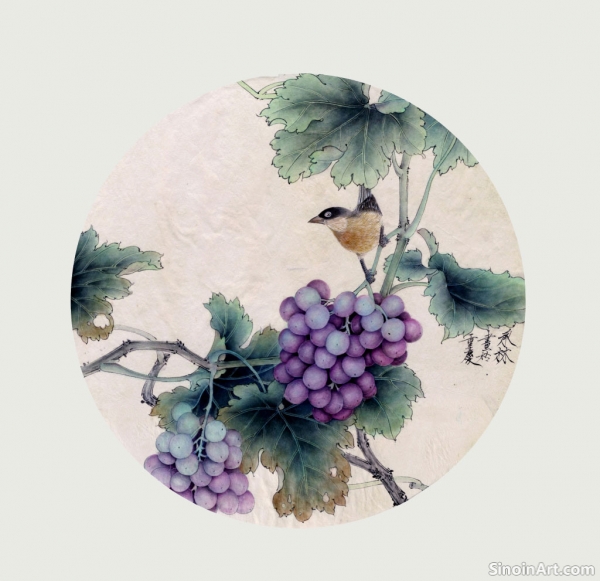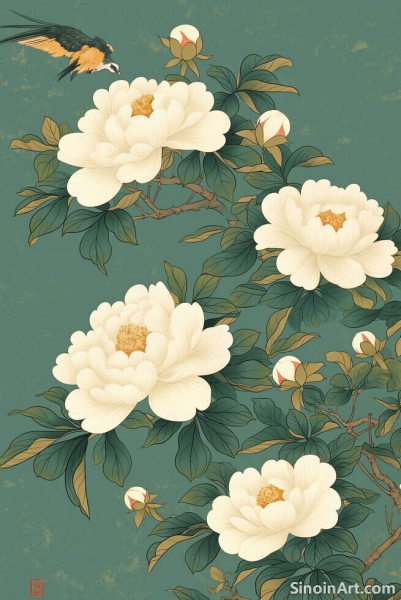Famous Gongbi Artists: Masters of the Brush
|
Throughout the rich history of Gongbi painting, numerous artists have left their indelible mark on this art form, pushing the boundaries of technique and demonstrating the style's aesthetic potential. Studying the works of these masters provides a valuable insight into the evolution of Gongbi and serves as inspiration for aspiring artists.  One cannot discuss Gongbi without mentioning the court painters of the Tang and Song dynasties, who created some of the most exquisite and enduring works of this art form. Artists such as Yan Liben from the Tang dynasty, renowned for his meticulous portrayals of court figures, and Emperor Huizong of Song, who was himself a gifted painter, are considered paragons of Gongbi painting. Their work is defined by technical excellence and an eye for detail.  In the Ming and Qing dynasties, notable figures like Chen Hongshou and Ren Bonian further refined the Gongbi technique, introducing new innovations and expressive approaches. Their art is revered by many modern artists who still study their methods and stylistic approaches. They show how tradition can be developed, rather than just copied.  In contemporary China, many established artists continue to excel in the practice of Gongbi, adapting the style to modern sensibilities. Artists like He Jiaying and Yu Zhizhen are celebrated for their innovative approaches and beautiful renderings of both traditional and modern subjects. Their work is shown in galleries across the world, reaching a global audience. Studying the lives and artworks of these masters is an essential part of learning Gongbi. They provide a window into the historical and cultural context of the style and demonstrate its enduring capacity for innovation and personal expression. They are more than just artists, but storytellers who pass down culture to new generations. Their influence continues to shape the way Gongbi is practiced today. |
Tag : Famous Gongbi artists, Tang dynasty painters, Song dynasty masters, Chinese painting history, modern Gongbi artists
Related information
- Gongbi Painting and the Use of Light and Shadow
- Commissioning a Gongbi Painting: What You Need to Know
- Gongbi and the Use of Stippling and Pointillism Techniques
- Collecting Gongbi Art: Appreciation and Investment
- Gongbi and the Depiction of Jewelry and Accessories
This article explores the subtle but skillful use of light and shadow in Gongbi painting, highlighting the use of color gradations, brushstrokes, and how these techniques contribute to creating a sense of depth, volume, atmosphere, and enhance the overall impact of the artwork.
This article provides a guide for those interested in commissioning a Gongbi painting, highlighting the importance of clear communication, artist selection, understanding the process, setting realistic timelines, and managing budget expectations.
This article explores the use of stippling and pointillism techniques in Gongbi painting, highlighting how the careful application of dots or points of color creates unique textures, visual effects, and expands the range of expression within this traditional art form.
Provides guidance on collecting Gongbi art, emphasizing aspects such as material quality, artist reputation, personal appreciation, and the investment value of collecting.
This article explores how Gongbi painting depicts jewelry and accessories, highlighting the meticulous detail, use of line and color to convey textures and reflections, and how these objects contribute to the overall cultural and visual richness of the artwork.